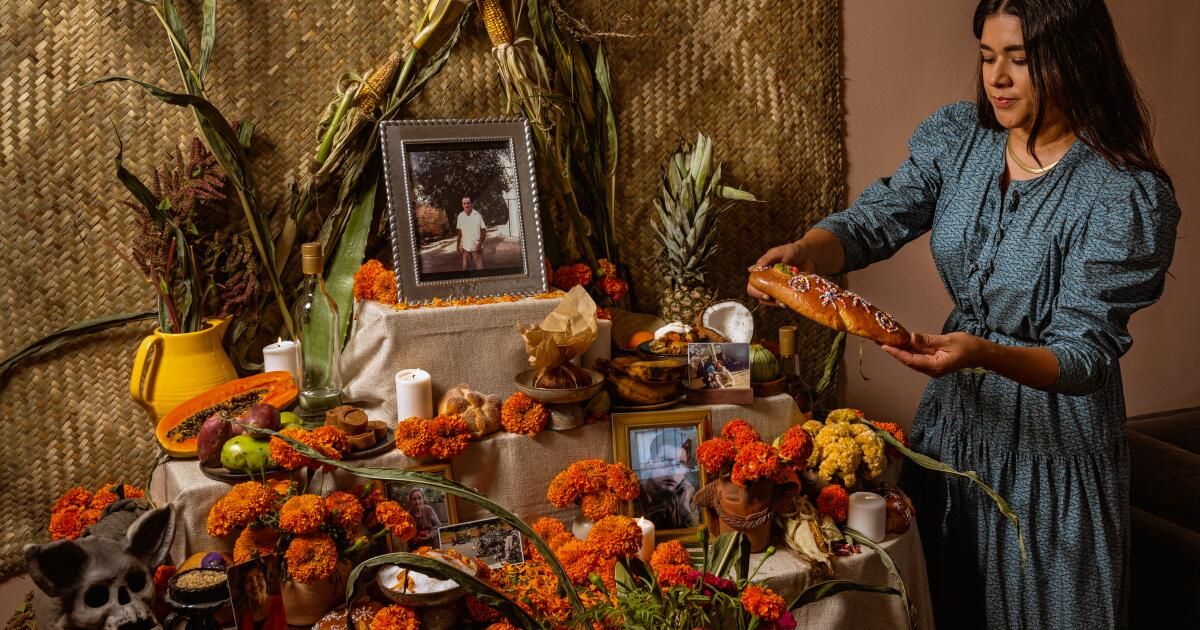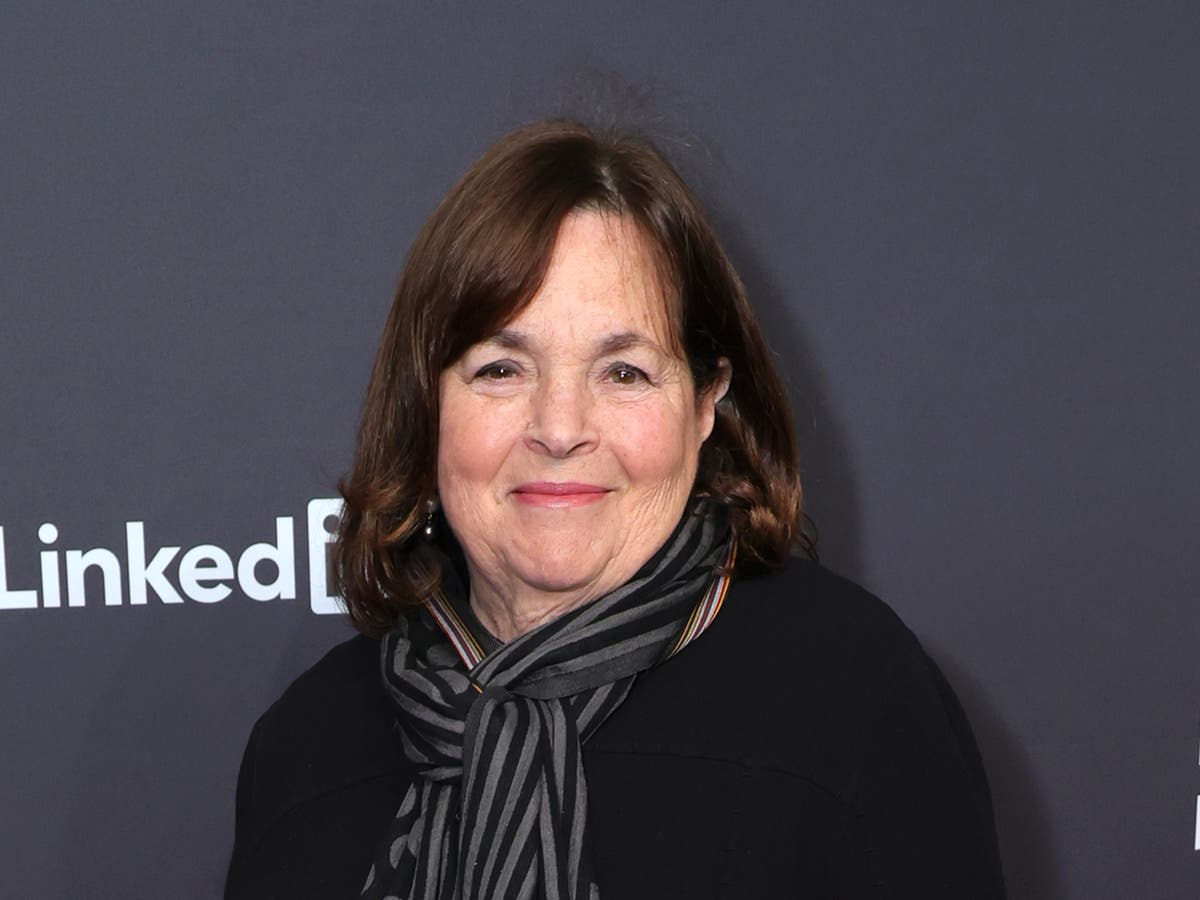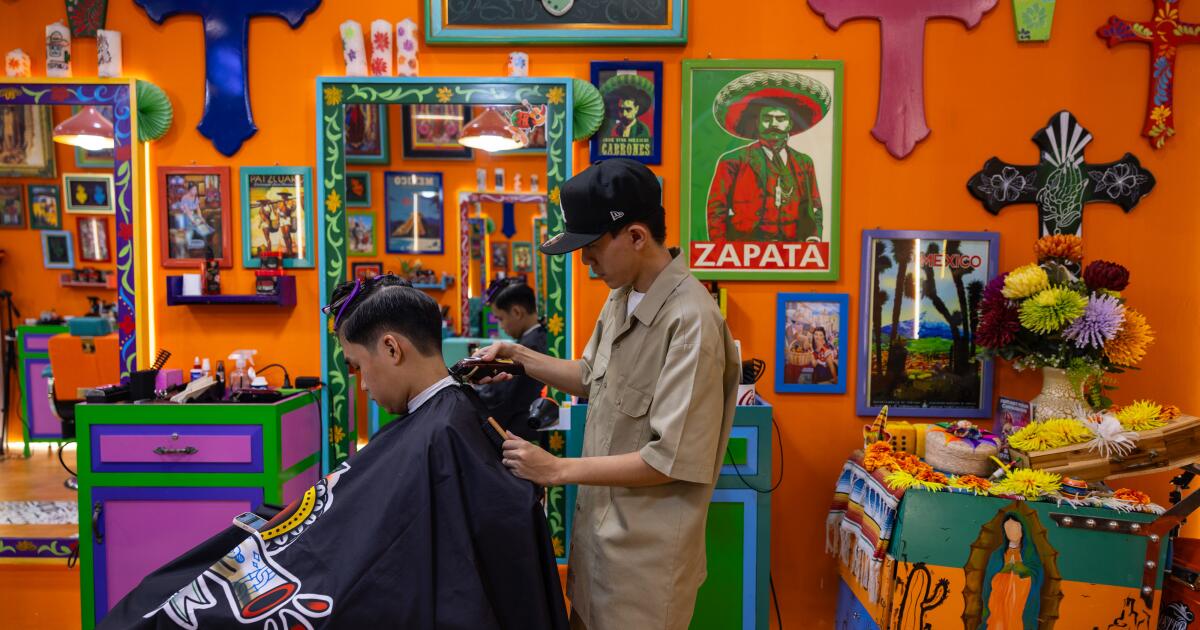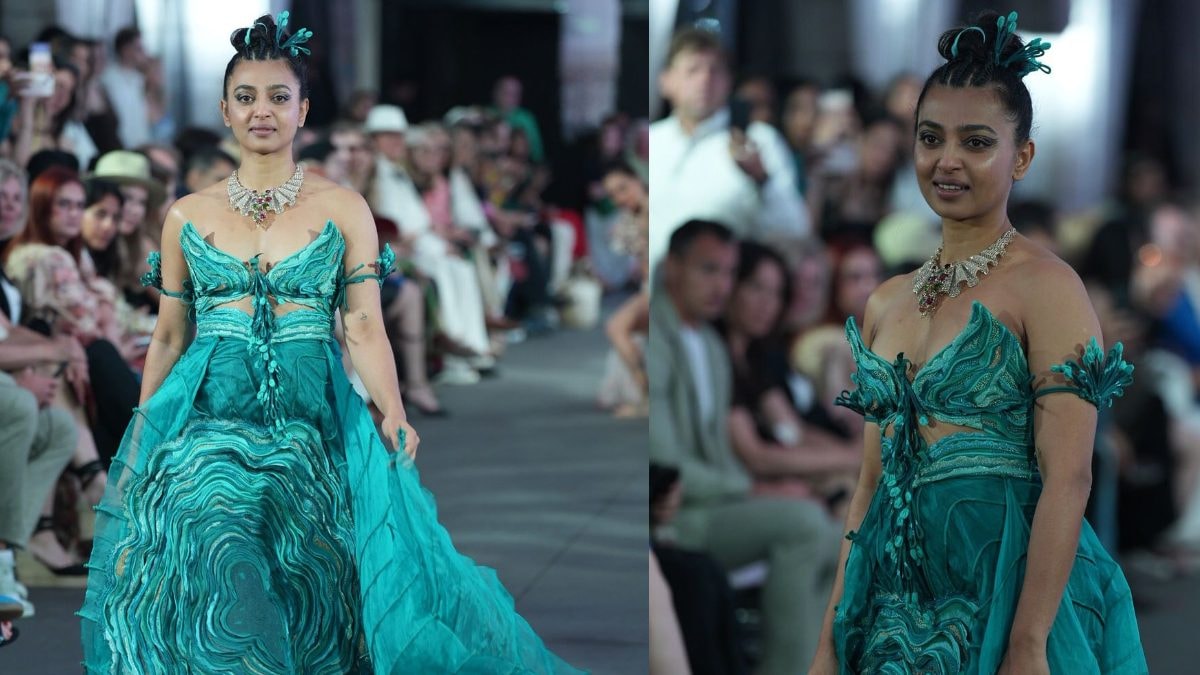It wasn't until I moved to Los Angeles and saw people from all over Mexico honoring their dead that I built my first Day of the Dead altar 13 years ago. It is now an annual ritual that I practice every November 1st and 2nd.
I have witnessed how a spiritual ritual I grew up celebrating (cleaning graves in my town in Mexico and decorating them with flowers and my loved ones' favorite foods) has been transformed into a cultural event and tradition for all Angelenos. I even participated in the phenomenon through my role as producer of one of the largest Day of the Dead festivals in the US at the Hollywood Forever Cemetery between 2013 and 2023. The celebration that has been kept alive for centuries has grown in all over the world and in Mexico it continues to evolve.
In Mexico City there is now a giant Day of the Dead parade, which is said to have been inspired by the opening scene of the 007 film “Spectre.” In Oaxaca and Michoacán, the holiday has become the peak of the tourist season after the commercialization of this tradition through films such as Pixar's “Coco.”
While it is easy to be discouraged by the commercialization of this spiritual practice, Mexican and indigenous immigrants know that the Day of the Dead is not just another day to dress up. It's not the new Halloween. It is an opportunity for many to reclaim Mexico's indigenous roots.
Cempasúchil, also known as Mexican marigold, is a flower native to southeastern Mexico that is said to guide spirits back home with its heady, citrusy herbal aroma.
(Ron De Angelis/For The Times)
The celebration dates back to pre-Hispanic times when it was believed that the dead returned to visit the living. By fusing the Catholic traditions imposed by the Spanish conquerors with cultural practices in force long before colonization, it constitutes a testimony of the resistance and identity of indigenous communities. In 2003, UNESCO recognized the celebration of the Day of the Dead as Intangible Cultural Heritage of Humanity.
Creating an altar has become a collective expression of pain and love.
Many here in the United States and throughout the Mexican diaspora cannot return to Mexico to be with their loved ones as they take their last breath. Being separated from our families and living with the looming fear of being too far away if life comes to an end gives the Dead a beautiful and timeless feeling of sharing our culture and our humanity.
Dead helps us reconnect. It brings us closer.

The writer holds a photograph of her late grandfather, Heriberto González Sánchez, who died in 2011 at the age of 102.
(Ron De Angelis/For The Times)
When to build your offering
Honoring ancestors is universal. Anyone who is called to commemorate their loved ones can embrace and celebrate the Day of the Dead.
Throughout Mexico, from Michoacán to Oaxaca, each region has a different way of honoring the deceased. In many places, altars begin to form around October 27, when animals are believed to be the first to visit them as they guide souls on the long journey back to this plane.
According to tradition, the spirits begin their journey to the world of the living on October 28, with the first to arrive being those who unexpectedly left us. On November 1, the spirits of the children return. The November 2 celebration includes all those who died in adulthood.
In addition to altars, it is customary to visit the graves of loved ones, clean and decorate them to honor their lives. An offering is built on top of the grave, filled with flowers, food and photographs. You can listen to live music and bands blaring all day and into the night in cemeteries all over Mexico.
The altars are removed on November 3 when the celebration ends.

Each altar is unique. A collective offering honors more than one person, including the loved ones of friends. And it can be as modest or elaborate as you want.
(Ron De Angelis/For The Times)
A step by step for your altar
Each altar is unique and can be a collective offering, honoring more than one person. It may include some symbols from traditional altars built in Mexico, but it can be as modest or elaborate as you like.
The sizes of the altars vary according to their meaning, ranging from two to seven levels that represent the levels that the soul must pass through to reach its final resting place. However, one of the most common configurations is the three-tier altar.
You can use any table as a base and add smaller boxes, drawers or even books to easily create multiple levels. The altar can be covered with a zarape or tablecloth to cover the base and create a smooth surface to place the offering.
A petate, a traditional woven mat made of dried palm leaves or grass, has cultural significance in Mexico and Central America and is often used in ceremonies and rituals. A mat is used to delimit the altar space and symbolize comfort, rest and home. Find your backpack at LA Oaxaca Express at 1124-B S. Western Ave. They come in different sizes and cost between $13 and $25.
The arch, sometimes created from a variety of materials, such as flowers, sugar cane or corn, signifies a door for souls to find their way to us. You can find fresh and dried corn stalks for $5 each at Oregon Coastal Flowers27th place in the interior the original Los Angeles flower market in downtown Los Angeles
Level by level
The offering adds a spiritual dimension to the altar, adorned with flowers, photographs, food, drinks and items that honor the memory of loved ones.
The first level: You can create a path with cempasuchil, also known as mexican marigolda flower native to southeastern Mexico that is said to guide spirits back home with its heady, citrusy herbal aroma. Visit the original Los Angeles flower market for the best selection of local and imported flowers in the city. A bouquet of marigolds with a few stems of orange flowers costs between $3 and $5 each, or a package (also ordered as a “bucket”) containing 12 bouquets with enough flowers to fill a simple but modest altar costs $42 inside. of the flower market in O&J Producers at 755 Wall St., Unit 3.
Another flower that is often seen on altars is the cockscomb, also known as Celosia argentea or cockscomb, a striking flower characterized by its unique velvety texture and plume shape reminiscent of a rooster's comb.

The first level of the offering creates a path for the spirits with flowers. Find marigolds and cockscomb, also known as cockscomb, with their velvety texture and plume shape at the downtown Los Angeles flower market.
(Ron De Angelis/For The Times)
Baby's breath, or cloud, can be used to symbolize sacredness, joy, and life. Find it also at the downtown flower market.
If you have a portable cart on hand, bring it to transport your packages; Even better, bring small buckets to keep your flowers hydrated and last longer. The flower market opens at 5 a.m., but many vendors start packing up at 10 a.m. Arrive early in the morning for the best selection. You can also buy flowers from vendors on street corners in Los Angeles. Street vendors are always there to help you.
One of the last key elements of the first level of the altar is salt, a symbol to ensure the purity of the soul, helping it not to get lost on the journey to and from the afterlife.
Lastly, the aroma of the Day of the Dead: copal. He Bursera bipinnata The tree's resin is earthy with undertones of incense and a touch of sweetness. It is said that its aroma and smoke intersect and communicate with each other. The material world and the world of spirits.. Find copal in resin rocks or in incense form at most Mexican health markets, also known as herbal stores, such as Herbs from Mexico at 3903 Whittier Blvd. Online at Native StoryFind responsibly harvested copal in the Sierra Madre Sur mountains of Oaxaca.

On the second level of the altar there are offerings of favorite foods such as traditional mole; fruits such as prickly pears (cactus fruit), guavas and bananas; and drinks like mezcal.
The second level: Candles are usually added (they can also go on the other two levels). Its purpose is to light the way for our loved ones during their visit. This is where you will also include offerings of their favorite foods such as traditional mole and other dishes, sweets and snacks. Fruits like prickly pears, guavas and plantains and drinks like mezcal or your favorite libations bring joy to the altar that connects us with our loved ones. Most of these items are available in Mexican supermarkets such as Northgate Gonzalez Markets and the market or store in your neighborhood.
Bread of the dead, the baked sweet bread decorated with bones and skulls, also known as Day of the Dead bread, is added to represent the spirit being honored. Sinecio Mecinas He paints colorful caritas (faces) engraved on dry corn dough and bakes them on dough enriched with egg yolk in his bakery, The Yalaltequita, at 8693 Venice Blvd.
Mecinas makes this regional style of Oaxacan bread of the dead in which ornate designs are hand-painted on the bread. For a pan de muerte that adds a new dimension of sourdough flavor to perhaps Mexico's most beloved seasonal sweet bread, Bread Taste at 2710 E. 4th St. in Long Beach makes it with a wild sourdough lightly scented with toasted fennel and orange zest, topped with the symbolic “skull and bones” sprinkled with vanilla and pink sugar.
Leave a glass or jug of water for the spirits to refresh after their long journey home.
The third level: Place the photo of the person to whom the altar is dedicated at the top, framing it in the middle of the arch. You can fill the rest of the altar with photos of all your loved ones if you create a community altar. Other items to add to your offering are your loved ones' most prized belongings. Also, sugar or clay skulls: They tell us that death is always present in life, reminding us how to live.
Building an altar and celebrating a loved one transcends life and death. There is no wrong way to do it. Gather around the altar, turn up the music (usually what your loved one enjoyed in life), and feast and drink to nourish both the living and the spirits.
“Our cult of death is the cult of life.” Our cult of death is the cult of life, says the Mexican poet Octavio Paz.
The cold of the dead is already felt.

The altar as a collective expression of pain and love, a way of sharing our cultures and our humanity.












